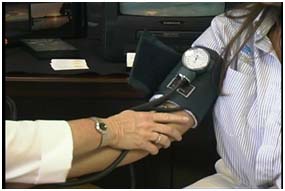Hypertension

High blood pressure or hypertension (HT), often referred to as ‘the silent killer’, is another factor causing millions of deaths worldwide. The Centres for Disease Control and Prevention say one in three Americans over the age of 20 have hypertension. And over 40 million people wind up in hospital each year with it. These statistics are similar in all the developed countries and, as poorer countries GDP’s increase, so does the incidence of HT. It’s estimated that HT causes ±7 million deaths worldwide annually. Continue reading “Heart Disease -Part 2”